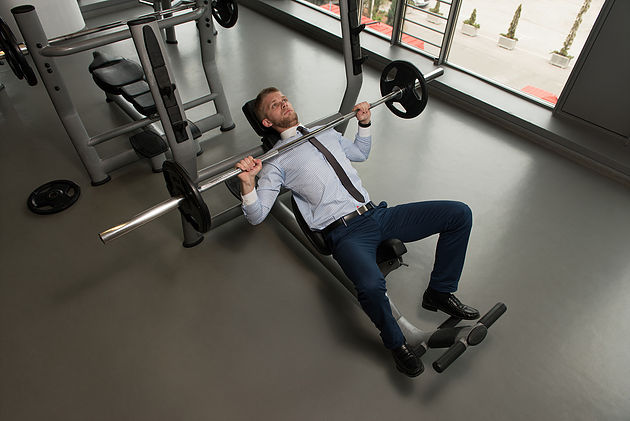
Weightlifting is not just about lifting heavy weights. It’s a sophisticated interplay of various factors that contribute to your overall strength. Two critical elements in this domain are tempo and force. These play significant roles in determining how strong you are.
Understanding these concepts and incorporating them into your training regimen can lead to remarkable improvements in strength, muscular endurance, and overall fitness.
Understanding Tempo in Weightlifting
Tempo refers to the speed at which you perform your weightlifting exercises. It is usually broken down into four phases:
- eccentric (lowering)
- pause at the bottom
- concentric (lifting)
- pause at the top
By manipulating these phases, you can target different muscle fibers and achieve various training outcomes.
Benefits of Controlling Tempo:
- Muscle Time Under Tension. Slower tempos increase the time your muscles are under tension, leading to greater muscle fiber recruitment and growth.
- Enhanced Muscle Control. It helps in developing control over your movements, reducing the risk of injury.
- Improved Strength Gains. By focusing on the eccentric phase, you can boost strength gains since muscles are stronger in this phase.
The Role of Force in Weightlifting
Force, in the context of weightlifting, is the power your body generates to move the weights. It’s a product of mass (the weight you lift) and acceleration (how fast you lift it). Generating more force usually means lifting heavier weights or moving the same weight more rapidly.
Advantages of Focusing on Force:
- Maximal Strength Development. Lifting heavier weights increases muscle strength and power.
- Speed and Power Training. By lifting weights rapidly, you enhance your explosive power, which is beneficial in many sports.
- Overcoming Plateaus. Altering the force applied can help break through strength plateaus.
Three Training Modalities That Incorporate Tempo and Force
- Plyometric Training. This method focuses on rapid force generation. Exercises like jump squats and box jumps are perfect for developing explosive power and speed, making use of fast tempos and high force.
- Isometric Training. In this modality, the tempo is slow, or rather static, but the force can be maximal. Holding a squat or a plank position are examples of isometric exercises that enhance muscle endurance and control.
- Eccentric Training. This focuses on the lowering phase of an exercise with a slow tempo. It requires controlling the force while lengthening the muscle, leading to significant strength gains and muscle hypertrophy.
RTF3TX Approach to Tempo and Force
At RTF3TX, we integrate these concepts into our science-based training modality, which includes genetic testing to tailor workouts to everyone’s needs. Understanding your genetic makeup helps in optimizing the balance between tempo and force, leading to more efficient and effective workouts.
Moreover, with the introduction of the Calibrex exercise measurement device, RTF3TX is at the forefront of providing precise feedback on how these elements are being executed during workouts. This technology aids in fine-tuning your training regimen, ensuring that both tempo and force are utilized to their maximum potential for your unique body type and fitness goals.
In conclusion, the interplay of tempo and force in weightlifting is crucial for developing strength, power, and muscle endurance. By understanding and applying these concepts through varied training modalities, and with the advanced approach of RTF3TX, you can unlock your true strength potential and achieve your fitness goals more effectively.




